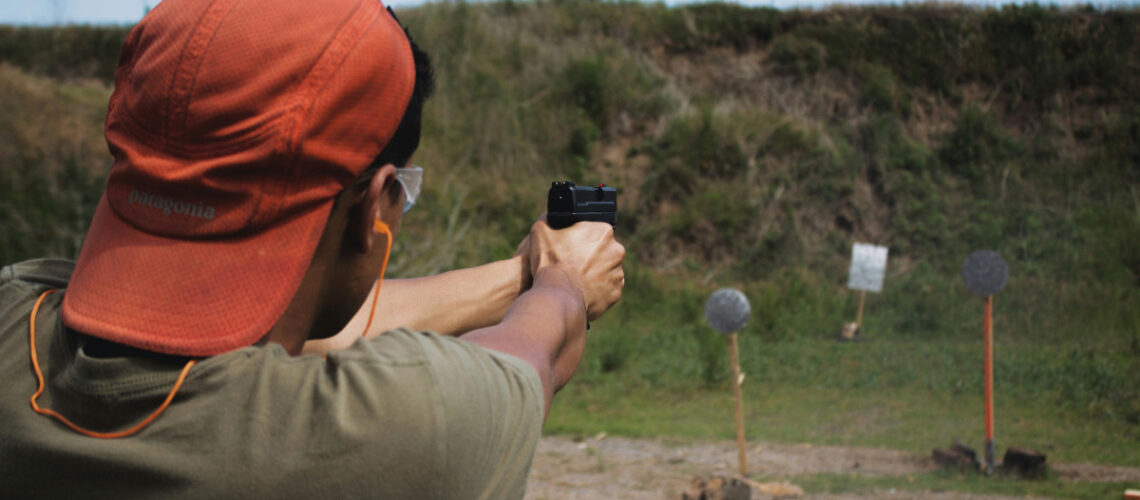The Evolution of Tactical Training
Tactical training has long been an essential component of preparing law enforcement, military personnel, and even civilians for various high-stakes situations. Traditionally, this training has relied on physical drills, classroom instruction, and scenario reenactments. However, the integration of advanced technology, especially simulation-based learning, is revolutionizing how tactical training is conducted. With organizations like 88 Tactical, who’s name originates from law enforcement code 88 indicating that all is safe, the future of tactical training is rapidly evolving to be more efficient, safe, and impactful.
The Emergence of Simulation-Based Learning
Simulation-based learning in tactical training utilizes advanced technologies like Virtual Reality (VR), Augmented Reality (AR), and Mixed Reality (MR) to create immersive training environments. These technologies offer realistic scenarios that closely mimic real-life situations, enabling trainees to experience and react to various scenarios in a controlled, virtual setting.
Enhanced Realism and Safety
One of the primary advantages of simulation-based learning is its ability to replicate real-world scenarios with remarkable accuracy, without the associated risks. Trainees can practice in environments that are virtually identical to what they will encounter in the field, from high-risk police raids to emergency response during natural disasters. This level of realism ensures that when faced with real-life situations, the trainees’ responses are well-practiced and instinctive.
Cost-Effective and Accessible Training
Another significant benefit is cost-effectiveness. Traditional training methods can be expensive, requiring physical resources, space, and sometimes even travel. Virtual simulations, on the other hand, can be conducted anywhere, significantly reducing the need for physical infrastructure and resources. This accessibility allows for more frequent and diverse training opportunities.
The Role of Advanced Technologies in Tactical Training
The inclusion of advanced technologies in tactical training extends beyond simulations, encompassing a range of tools designed to enhance the training experience.
Virtual Reality (VR) in Tactical Scenarios
VR technology is particularly effective in creating immersive, interactive training environments. By donning a VR headset, trainees are transported to a virtual world where they can interact with their surroundings in a realistic way. This technology is beneficial for training in situations that are either too dangerous or impractical to replicate in real life.
Augmented Reality (AR) for Enhanced Training
AR technology overlays digital information onto the real world, enhancing the training environment with additional data and scenarios. For instance, AR can be used to simulate crowd control situations or to practice navigation and reconnaissance in unfamiliar terrain. It offers a blend of real-world experience with the added benefits of digital augmentation.
The Impact of Simulation-Based Training
The impact of integrating advanced technology into tactical training is profound, affecting both the efficacy of the training and the preparedness of the trainees.
Improved Skill Acquisition and Retention
Simulation-based learning has been shown to improve skill acquisition and retention. Engaging in realistic simulations helps trainees remember and apply what they have learned more effectively than traditional methods. This is particularly true for complex or dangerous situations where physical practice may be limited.
Preparing for a Wider Range of Scenarios
With the flexibility of virtual simulations, trainees can prepare for a much broader range of scenarios than would be possible in physical training alone. This comprehensive preparedness is crucial in fields like law enforcement and emergency response, where every situation is unique.
The Role of 88 Tactical in Advancing Simulation-Based Learning
88 Tactical is at the forefront of adopting these advanced technologies in their training programs. Recognizing the potential of simulation-based learning, they have integrated these tools to provide cutting-edge training solutions.
Offering State-of-the-Art Training Facilities
88 Tactical offers state-of-the-art training facilities equipped with the latest in simulation technology. These facilities allow trainees to engage in a variety of scenarios, from high-intensity combat situations to delicate negotiation simulations, providing a well-rounded training experience.
Training a Diverse Range of Individuals
The versatility of simulation-based training allows 88 Tactical to cater to a wide range of individuals, from seasoned law enforcement officers to civilians seeking personal defense training. This inclusivity ensures that a broader segment of the population has access to high-quality tactical training.
The Future of Simulation-Based Tactical Training
Looking to the future, the role of advanced technology in tactical training is set to grow even further. As these technologies continue to evolve, so too will the capabilities and applications of simulation-based learning.
Continuous Technological Innovation
The future will likely bring even more sophisticated simulation technologies, such as AI-driven scenarios that adapt to the trainee’s actions, hyper-realistic environments, and more intuitive user interfaces. These innovations will further enhance the training experience, making it more effective and immersive.
Expanding Applications
The application of simulation-based learning will also expand, moving beyond military and law enforcement to other fields that can benefit from tactical training, such as emergency medical services, fire departments, and even corporate crisis management teams.
A New Era of Tactical Training
In conclusion, the integration of advanced technology into tactical training marks the beginning of a new era in defense education. Simulation-based learning, as championed by organizations like 88 Tactical, offers a safer, more cost-effective, and comprehensive training solution. It prepares individuals for a wide range of scenarios with a level of realism previously unattainable. As technology continues to advance, so too will the possibilities for simulation-based tactical training, paving the way for better prepared, more adaptable professionals across various fields.

